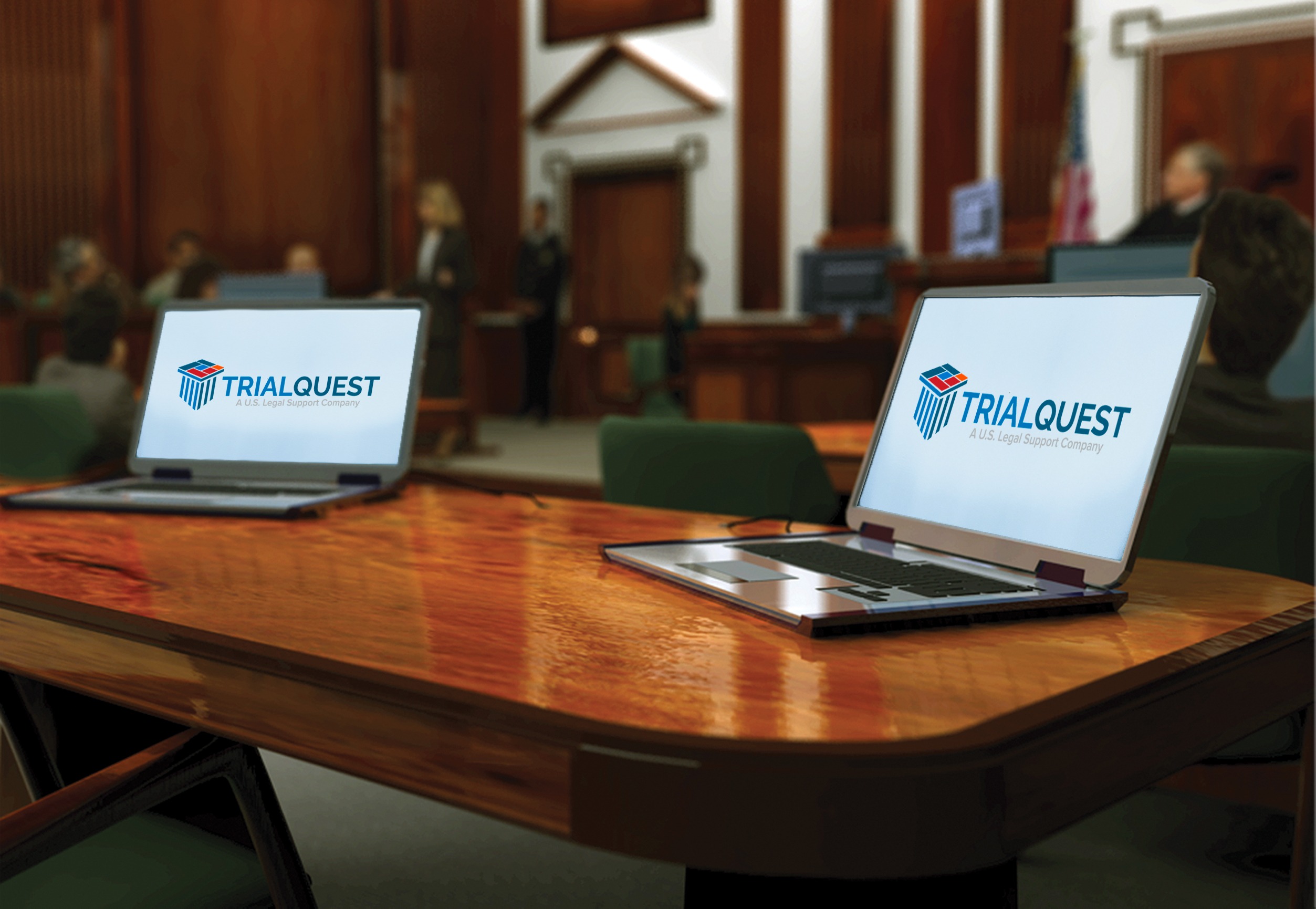The Role of Trial Presentations Are Essential for Achieving Success in Court
The Role of Trial Presentations Are Essential for Achieving Success in Court
Blog Article
The Power of Visuals in Test Presentations for a Winning Disagreement
The assimilation of visuals in test presentations has actually arised as a critical aspect in efficiently connecting complicated debates to jurors. By making use of numerous types of aesthetic aids-- be it diagrams, pictures, or animations-- lawyers can enhance understanding and retention, inevitably forming the jury's assumption of the case.
Importance of Visuals in Tests
In many legal setups, visuals play an essential duty in enhancing the effectiveness of test discussions. The combination of visual elements can significantly influence jurors' understanding and retention of intricate information, therefore shaping their understandings and decisions. Visuals, such as charts, representations, and pictures, can simplify intricate stories, making them extra accessible and engaging.
In addition, the human brain procedures visual info more successfully than text, which highlights the significance of including visuals into lawful disagreements. By translating thick lawful principles into aesthetic layouts, attorneys can promote more clear interaction, making certain that vital points are not overlooked during tests.
In addition, visuals serve to involve jurors on a psychological level, promoting a link to the case that words alone might stop working to attain. The strategic use visuals can stimulate empathy, prompting jurors to think about the human elements of the case.
Ultimately, the relevance of visuals in tests lies in their capability to improve clarity, enhance juror involvement, and reinforce the story being offered. This powerful mix is important for crafting persuasive disagreements that resonate with jurors and influence the result of legal procedures.
Kinds of Visuals to Make Use Of
Reliable test presentations can greatly benefit from a range of aesthetic tools that cater to various elements of the situation. trial presentations. Making use of diagrams and graphes can properly damage down complicated info, making it extra digestible for jurors. Flowcharts can highlight the series of events, while bar charts might succinctly contrast appropriate data factors.

Animations and simulations can also play a vital duty, specifically in situations involving technological data or detailed situations. These visuals can dynamically represent procedures or actions, giving clarity and interaction that fixed photos might not achieve.
In addition, infographics combine text and visuals to summarize essential details successfully. They can provide timelines, stats, and considerable case factors in a visually appealing manner, making it simpler for jurors to follow the argument.
Enhancing Comprehension and Retention

Enhancing understanding and helpful hints retention during test discussions is important for ensuring that jurors grasp the necessary aspects of a situation. Visual aids serve as powerful devices in this regard, converting intricate information into easily absorbable formats. By using charts, diagrams, and infographics, attorneys can streamline detailed information and emphasize bottom lines that may or else be ignored.
Studies have actually revealed that people maintain details substantially better when it is provided visually. This is especially significant in a test setup, where jurors may be bewildered by the volume of evidence and testament. By purposefully integrating visuals, lawyers can route jurors' focus to one of the most crucial elements of the case, strengthening their understanding and memory of the material provided.

Developing Involving Discussions
Exciting jurors' interest during trial discussions is essential for conveying an engaging story. Involving discussions utilize aesthetic aspects to produce a memorable experience that reverberates with jurors. The tactical use graphics, animations, and videos can illuminate complex information, making it more accessible and relatable.

Furthermore, incorporating narration techniques can enhance engagement. Providing evidence in a rational series that constructs emotional charm permits jurors to attach with the product on an individual degree. Numerous discussion formats, such as including short video clips or interactive aspects, can likewise sustain interest and attention throughout the trial.
Eventually, an engaging presentation promotes a much more extensive understanding of the case, making it possible for jurors to much better appreciate the disagreements being offered and leading to a much more desirable outcome.
Situation Researches and Success Stories
Countless study highlight the substantial effect of visuals in trial discussions, demonstrating their go to the website ability to influence juror assumptions and eventually the end results of cases. As an example, a noteworthy situation including an accident claim showed exactly how using a 3D animation of the accident scene made clear intricate information. Jurors reported feeling even more informed and compassionate, dramatically swaying their decision for the plaintiff.
In an additional circumstances, a company litigation case used infographics to present economic information and timelines, making elaborate details easily accessible. The visual representation allowed jurors to grasp the subtleties of the case more properly than verbal descriptions alone. trial presentations. As an outcome, the jury returned a judgment that went beyond the customer's expectations
The engaging visuals not only helped in developing doubt but likewise resonated psychologically with jurors, leading to an acquittal. These success tales highlight the need of integrating visuals into test discussions, as they improve understanding, retention, and inevitably, the influential power of lawful arguments.
Conclusion
In conclusion, the critical unification of visuals in test discussions significantly improves jurors' comprehension and retention of intricate info. Engaging discussions, supported by engaging situation researches, demonstrate the extensive influence that visuals can have on persuasive communication.
Report this page